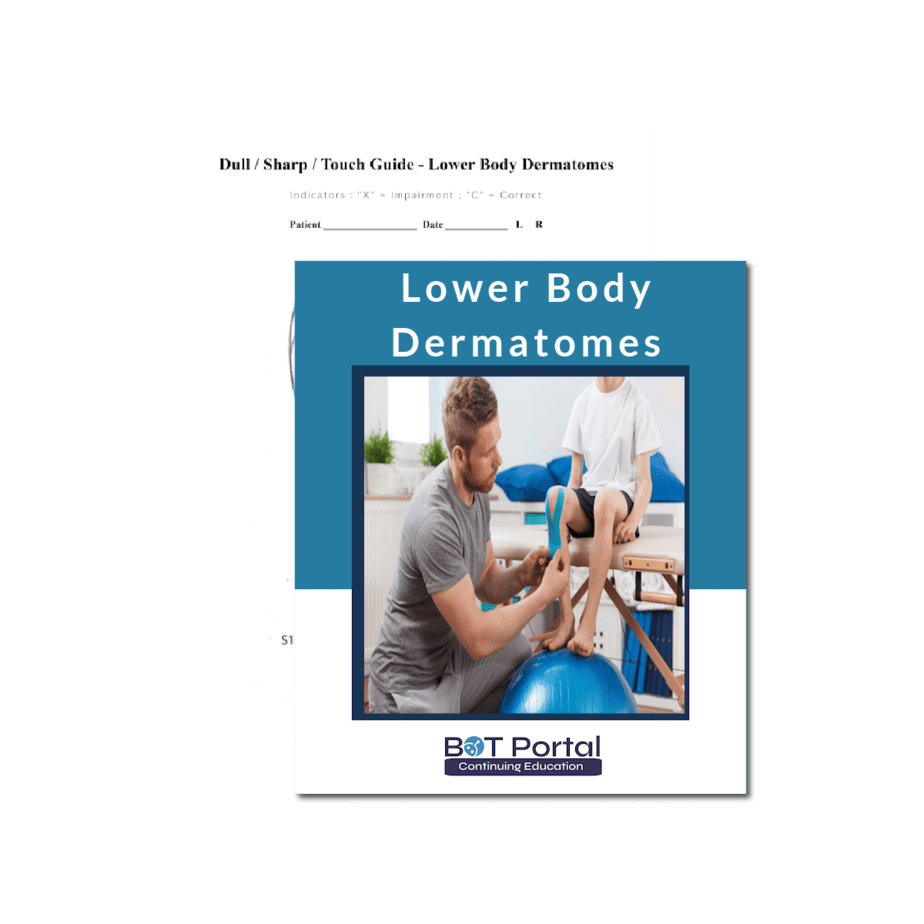Description
Lower Body Dermatomes
Importance of Lower Body Dermatomes in Rehabilitation
Lower body dermatomes are an essential aspect of understanding the nervous system and its relation to the body. They are essentially a map of the skin, with each area of the skin supplied by a single spinal nerve. In the context of the lower body, dermatomes play a crucial role in both diagnosing and rehabilitating various neurological and musculoskeletal conditions.
Understanding dermatomes in the lower body is vital because it helps healthcare professionals pinpoint the exact location of nerve damage or dysfunction. For instance, if a patient complains of numbness, tingling, or weakness in a specific area of their leg, dermatome mapping can help identify which spinal nerve might be affected. This knowledge is invaluable in diagnosing conditions such as herniated discs, spinal stenosis, or nerve compression syndromes like sciatica.
In rehabilitation, lower body dermatomes provide crucial guidance for designing effective treatment plans. When a nerve is injured or compromised, it can lead to muscle weakness, altered sensation, or loss of function in the corresponding dermatomal distribution. By understanding which lower body dermatomes are affected, rehabilitation specialists can tailor exercises and therapies to target those specific areas.
For example, if a patient has weakness in the L4 dermatome, which corresponds to the thigh and inner knee, rehabilitation might focus on strengthening exercises for the quadriceps and addressing any gait abnormalities that result from this weakness. Similarly, if there is sensory loss in the S1 dermatome, which covers the outer foot and part of the calf, sensory re-education techniques may be employed to help the patient regain sensation and improve balance.
Additionally, dermatomal assessment can track progress throughout the rehabilitation process. As the nerves regenerate and function improves, changes in sensation and muscle strength within specific lower body dermatomes can serve as objective markers of recovery.
In summary, lower body dermatomes are crucial for understanding the innervation of the skin and diagnosing neurological conditions affecting the lower body. In rehabilitation, they guide treatment planning and assessment, enabling healthcare professionals to address deficits and track progress effectively. By considering dermatomal patterns, rehabilitation can be tailored to the individual needs of each patient, maximizing outcomes and restoring function.




